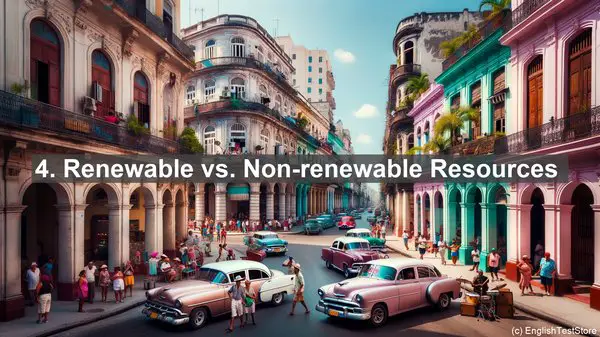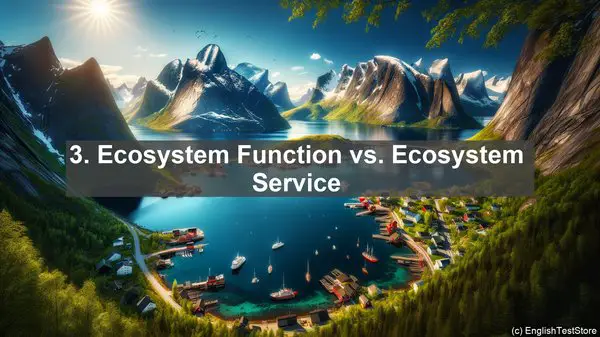Introduction
Welcome back to our channel. Today, we have an interesting topic to discuss – the top 10 commonly confused words in the realm of ecosystem services. As students, it’s crucial to have a strong grasp of these terms, as they form the foundation of our understanding of this field. So, without further ado, let’s dive in!
1. Ecosystem vs. Habitat
One of the most fundamental distinctions to understand is the difference between an ecosystem and a habitat. While an ecosystem refers to the entire system of living organisms and their environment, a habitat is a specific place where a particular organism or species resides. So, an ecosystem is like a vast network, while a habitat is a localized area within it.
2. Biodiversity vs. Species Richness
Biodiversity and species richness are often used interchangeably, but they have distinct meanings. Biodiversity encompasses the variety of life at all levels, including genetic, species, and ecosystem diversity. On the other hand, species richness refers specifically to the number of different species in a given area. So, while species richness is a component of biodiversity, it doesn’t capture its entire scope.
3. Ecosystem Function vs. Ecosystem Service
Ecosystem function and ecosystem service are closely related but have different connotations. Ecosystem functions are the processes and interactions that occur within an ecosystem, such as nutrient cycling or pollination. Ecosystem services, on the other hand, are the benefits that humans derive from these functions, like clean water or crop pollination. So, functions are the actions, while services are the outcomes.

4. Renewable vs. Non-renewable Resources
Renewable and non-renewable resources are terms often encountered in discussions about sustainability. Renewable resources, like solar or wind energy, can be replenished naturally over time. Non-renewable resources, such as fossil fuels, are finite and cannot be replaced once depleted. Understanding this distinction is crucial for making informed decisions about resource use and conservation.
5. Resilience vs. Resistance
When it comes to the ability of an ecosystem to withstand disturbances, resilience and resistance are key concepts. Resistance refers to the ability to resist or withstand a disturbance, while resilience is the capacity to recover and return to a pre-disturbance state. So, while resistance is about withstanding, resilience is about bouncing back.
6. Ecosystem Restoration vs. Rehabilitation
In the context of degraded ecosystems, restoration and rehabilitation are two approaches. Restoration aims to bring the ecosystem back to its original state, while rehabilitation focuses on improving its functionality without necessarily returning it to its pristine condition. Both approaches are important tools in addressing environmental degradation, but they have different goals and strategies.

7. Valuation vs. Evaluation
Valuation and evaluation are terms often encountered in economic assessments of ecosystem services. Valuation refers to the process of assigning a monetary value to these services, which can help in decision-making and policy formulation. Evaluation, on the other hand, is a broader concept that encompasses assessing the overall worth, including non-monetary aspects, of ecosystem services.
8. Mitigation vs. Adaptation
In the context of climate change, mitigation and adaptation are two strategies. Mitigation focuses on reducing greenhouse gas emissions to alleviate the causes of climate change. Adaptation, on the other hand, involves adjusting and preparing for the impacts that are already occurring or are expected in the future. Both strategies are essential for addressing the challenges of a changing climate.
9. Indicator vs. Index
Indicators and indices are tools used to measure and monitor various aspects of ecosystems. An indicator is a specific variable or parameter that provides information about a particular aspect, such as water quality. An index, on the other hand, combines multiple indicators into a single value, providing a more comprehensive assessment. So, an index is like a summary, while an indicator is more specific.
10. Stakeholder vs. Shareholder
In the realm of ecosystem management and decision-making, stakeholders and shareholders play different roles. Stakeholders are individuals or groups who have an interest or are affected by a particular issue, such as local communities or environmental organizations. Shareholders, on the other hand, are individuals who have a financial or ownership stake in a company or project. Understanding these distinctions is crucial for inclusive and participatory decision-making processes.
